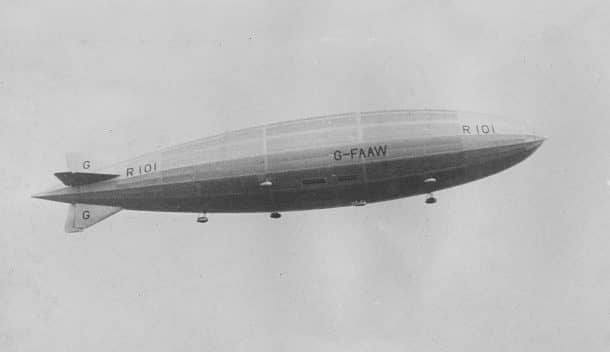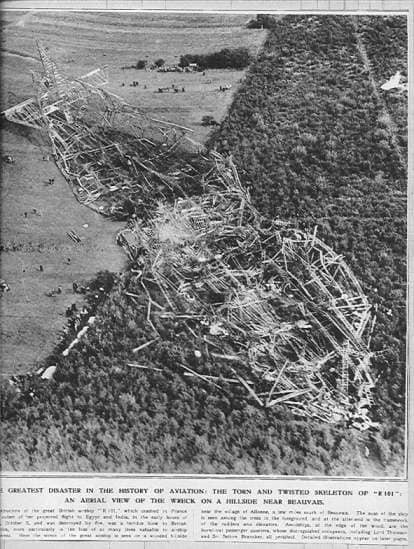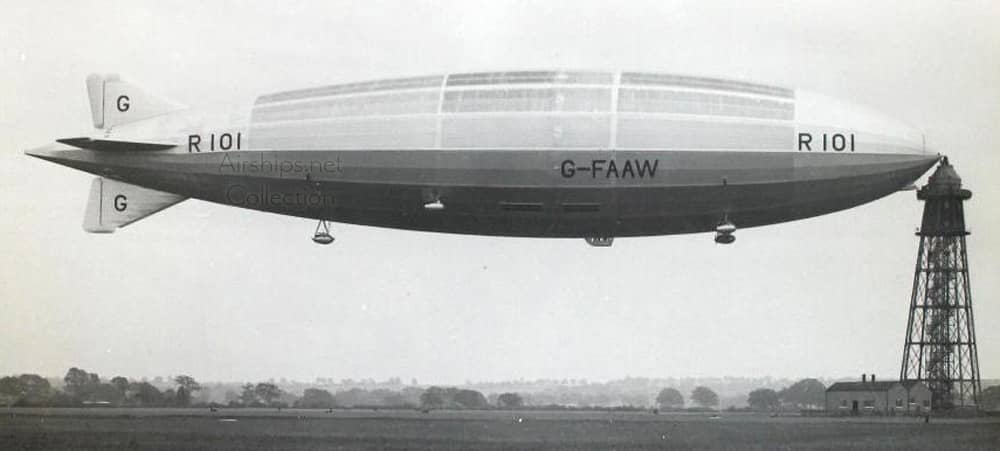The story of Hindenburg has been heard by many. However, before it flew, there was the British R 101, constructed in 1929 and the largest flying craft in the world at its time. Just like Hindenburg, the life of R 101 was also short and ended in fire. The engineers solved the toughest aerospace challenges of the day to build the prototype of the ship they were dreaming to built.

A person on youtube, known as The Engineer Guy, knows quite a lot about the airship and has also written a book on it. He has a lot of fascinating information to share and he has divulged a lot of it in his latest video. Hydrogen was known to be flammable and dangerous, very simple mathematics made it a feasible choice. A helium craft can have negative cargo capacity since it already has a lot of weight of its own. A huge number of ox intestines were used to keep the gas in the specially made balloons, A cheap, lightweight and flexible material that does the Job!

Despite being constructed carefully and impressively, the R 101 crashed after a fire. The crash killed almost all of its crew members except few. The scrap from the R 101’s remains was later used to build the Hindenburg.


